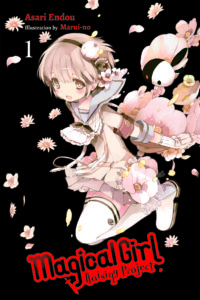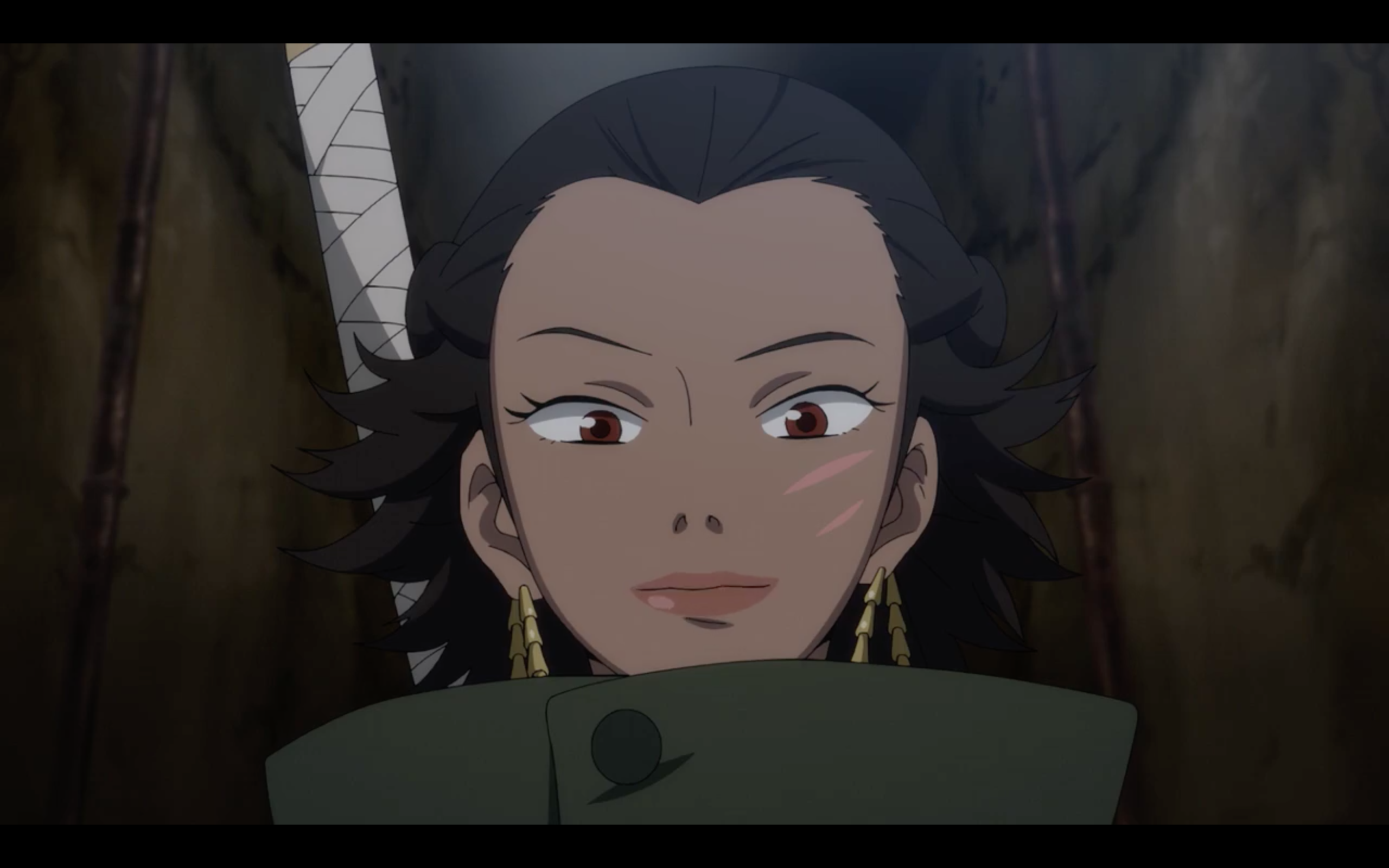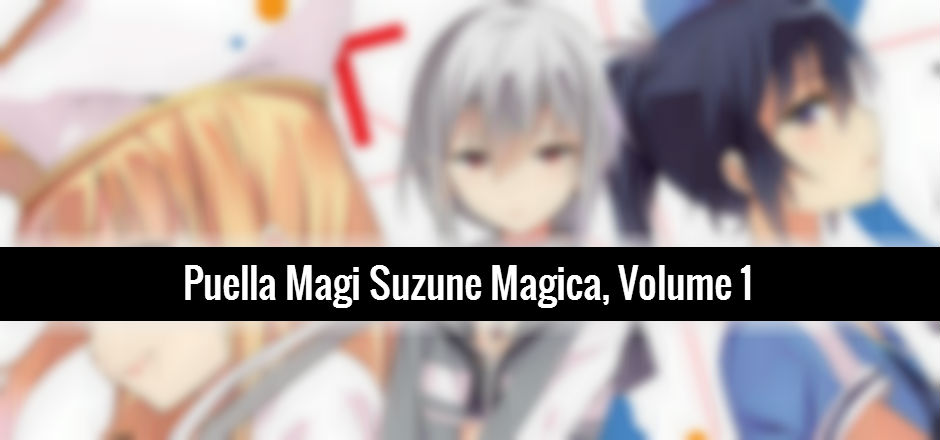The mobile game Magical Girl Raising Project has taken Japan by storm, and in N City, sixteen people have been chosen for the game’s special mode: as real magical girls on a mission to help people in real life. Some of the chosen treat it as an extension of the game, but for the magical girl called Snow White, it’s a dream come true.
Until the overabundance of magical girls starts to drain on the world’s magic, meaning their numbers must decrease — and when a magical girl loses her powers, she’ll lose her life as well.
 As a fan of various death match-style series, including Battle Royale and Tohyo Game, as well as an avid magical girl fangirl, I was extremely curious when the anime version of Magical Girl Raising Project was first announced. I ended up thoroughly enjoying the anime despite a few annoyances, largely because my expectations were frequently sidestepped in favor of surprises I never saw coming.
As a fan of various death match-style series, including Battle Royale and Tohyo Game, as well as an avid magical girl fangirl, I was extremely curious when the anime version of Magical Girl Raising Project was first announced. I ended up thoroughly enjoying the anime despite a few annoyances, largely because my expectations were frequently sidestepped in favor of surprises I never saw coming.
With the release of the English-language translation of the light novel from Yen On, I was curious to see the differences between the anime and the light novel, especially as I felt the anime benefited from the stark contrast between the cuteness of the art and the horror of the events going on in the story.
(For more on light novels, Anime News Network has a comprehensive breakdown here.)
The most noticeable difference between the two, at least at first, is the fact that the light novel is significantly less gratuitous than the anime. I found this extremely surprising — death match series are often known for their gratuity, like with Toyho Game and with a different horror light novel from Yen On, Another.
In fact, MGRP doesn’t explicitly show any deaths on page in the first half, instead being announced by the creepy Kyuubey analog Fav (depicted on the cover as half-black, half-white winged blob.) While deaths are eventually shown on the page, the scenes’ growing level of violence serves to accentuate the growing level of desperation of the characters.
One thing this series does do interestingly (or at least differently) is that it explicitly describes two characters as being in a same-sex relationship, the young women with the screen names Sister Nana and Winterprison. What’s more, Winterprison is even explicitly described as bisexual, which is — well, pretty rare.
Overall, the biggest differences between the anime and the book are structural. For example, Ripple (Kano) is introduced as a point of view character before Snow White (Koyuki), which is pretty distinctly different from the anime; several scenes provide additional internal monologues providing more information than the anime, and some have been rearranged to reveal information in a different order.
Magical Girl Raising Project is an interesting light novel, but there’s really not a lot of innovation and few aspects of the story that set the series apart from comparable series within the magical girl or death match genres. This light novel is great for those who really enjoyed the anime, and the first volume covers the full events of the anime series; readers looking for a different or new story in the MGRP universe should look forward to the release of Volume 2 in November.
3 out of 5 stars
Goodreads | Indiebound | RightStuf
This review contains affiliate links. While Girls in Capes does make revenue from purchases made at affiliate links, reviews are not paid, and all reviews contain the staff writers’ honest opinions of the work.





